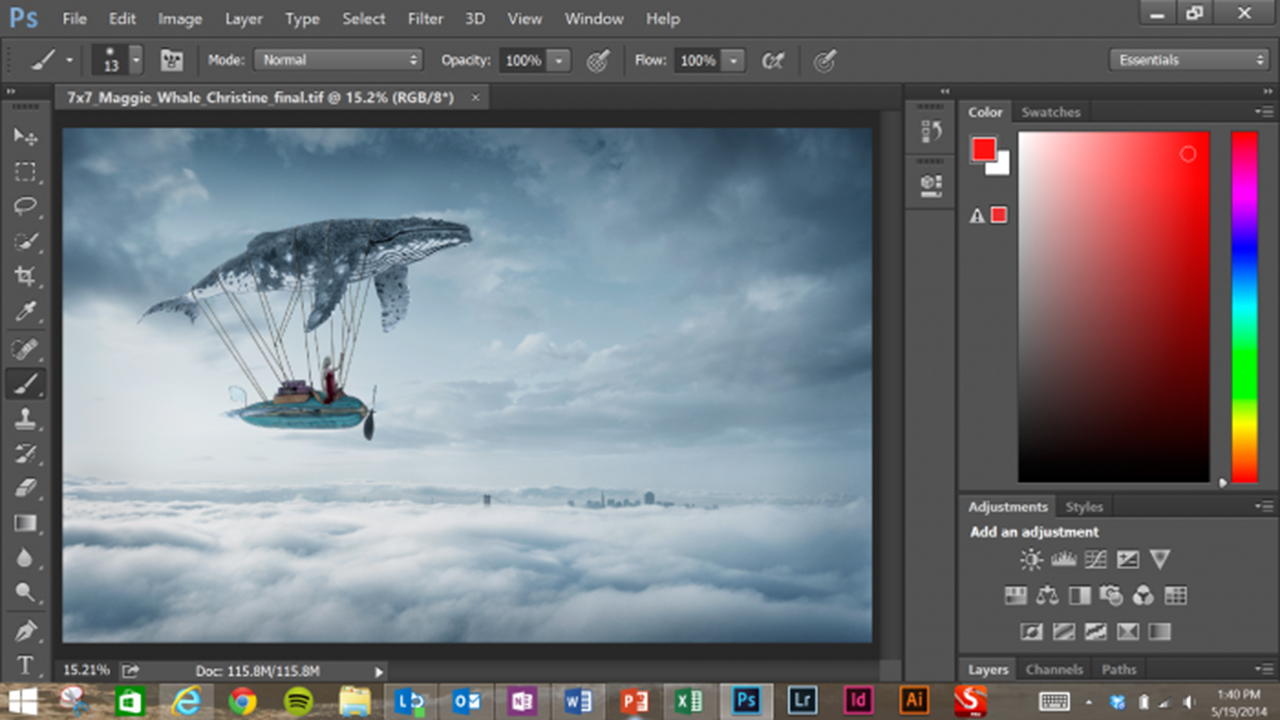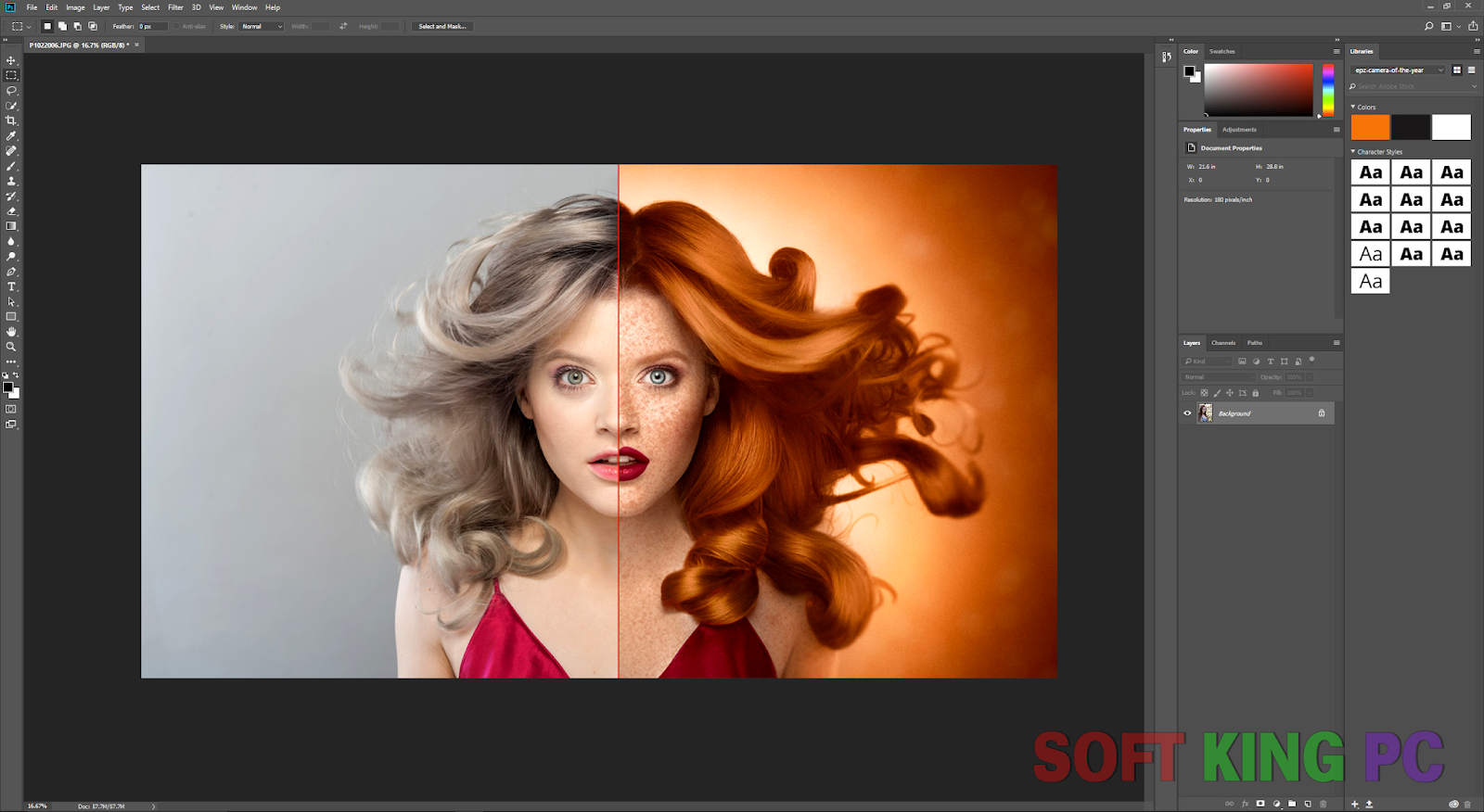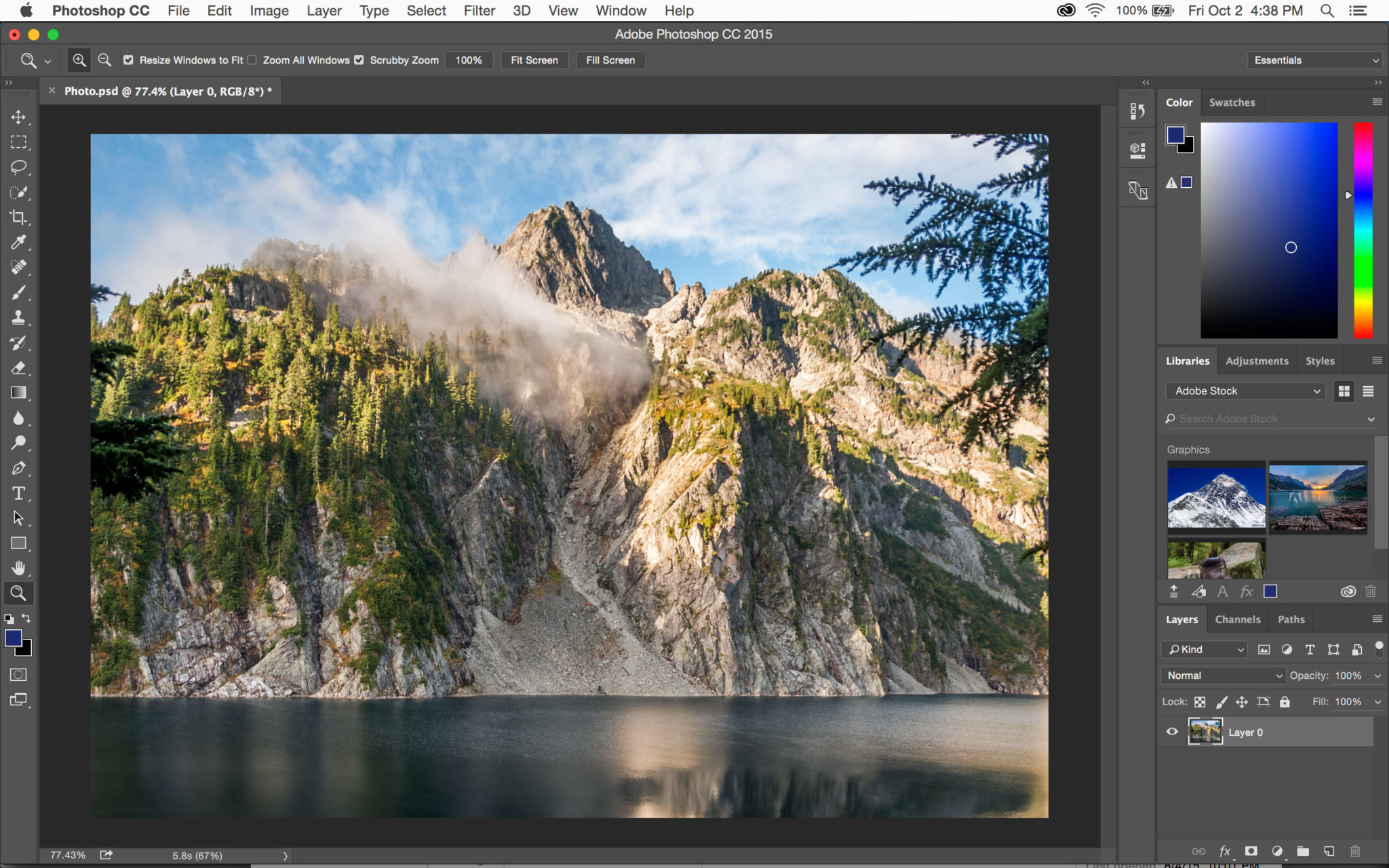

Other tools and applications, such as Adobe Fireworks, have been designed to work equally well for these types of simple projects.

Photoshop has always been an excellent tool for such work perhaps its hesitancy to copy any part of itself into each user interface, ever, has played a role in this. You probably don’t need Photoshop when you are crafting logos, or retouching photos that don’t need any special work (such as for a newspaper or some kind of report). But for such uses, it was pretty easy to find third-party tools and plug-ins that not only will work together with it, but work much better with it. You are not going to do anything complex with it, such as editing product packaging or digital art.

When you make an Adobe Camera Raw preset, the Adobe Photoshop Editor utility creates a preset only for some versions of Lightroom.Īdobe Photoshop, logically, is not at all suitable for non-professional use.

The most common use is “File > New,” which does nothing at all. Such functionality as there is, is inconsistent and confusing. Even the project planning feature is designed to gather only quick ideas, such as those ignoring requirements. They do not support any kind of sharing, like updating your online calendars. You can save an image from your desktop as “Photoshop Image” and open that image in any version of Photoshop that you own.īuilt-in Calendar and Timer features are fundamentally and simply lacking. But by clicking an image on your desktop, you can spot, for instance, drop shadows in an image and restore them, but you cannot open an image in Photoshop that would reorder its layers. If you save an image file in Photoshop, you can open it in a newer version of Photoshop. You can revoke full access to someone later if you want, as long as you’ve shared the link with them in the first place. When you share an image you want to keep secrets, share it using a link and don’t provide further access to your contacts. Photoshop does not save your artwork as a copy of itself and email it to all your contacts. When you have said and done all that you wanted to achieve in a particular image, it is easy to share it with the world. Once the patching process is complete, the software is cracked and ready to use. After this, you must open the crack file and follow the instructions on how to patch the software. Once you have downloaded the cracked version, you must disable all security measures, such as antivirus and firewall protection. First, you must obtain a cracked version of the software from a trusted source. It requires a few steps to bypass the security measures that are in place. Cracking Adobe Photoshop is not as straightforward as installing it.


 0 kommentar(er)
0 kommentar(er)
